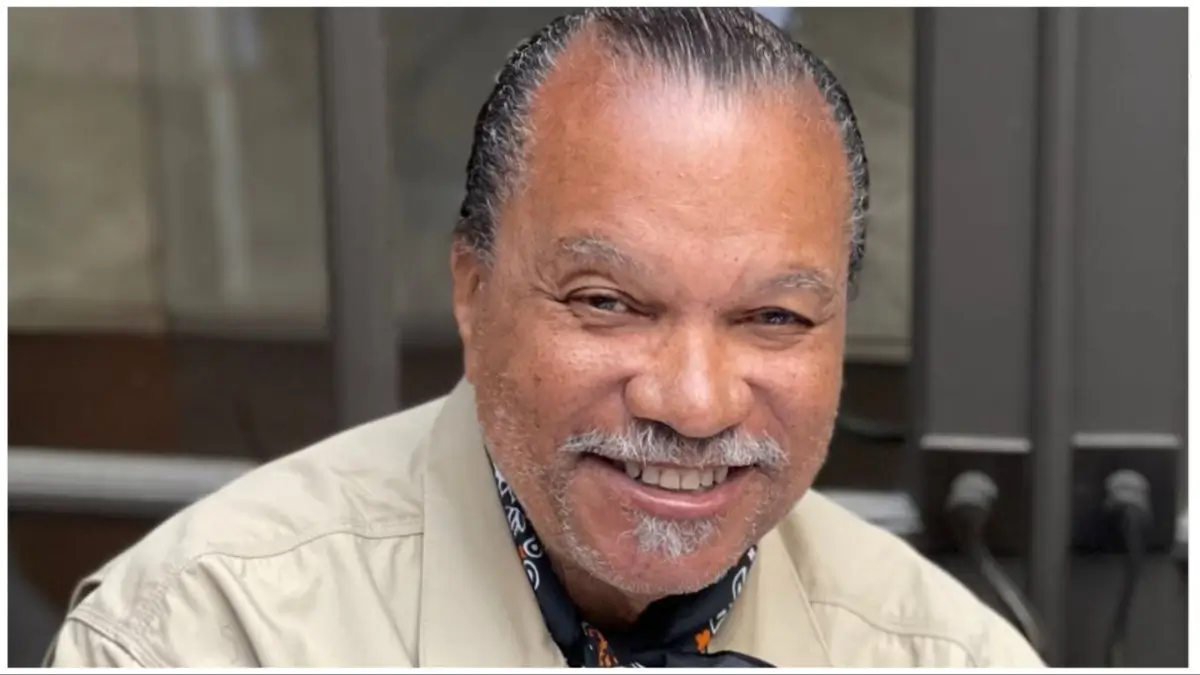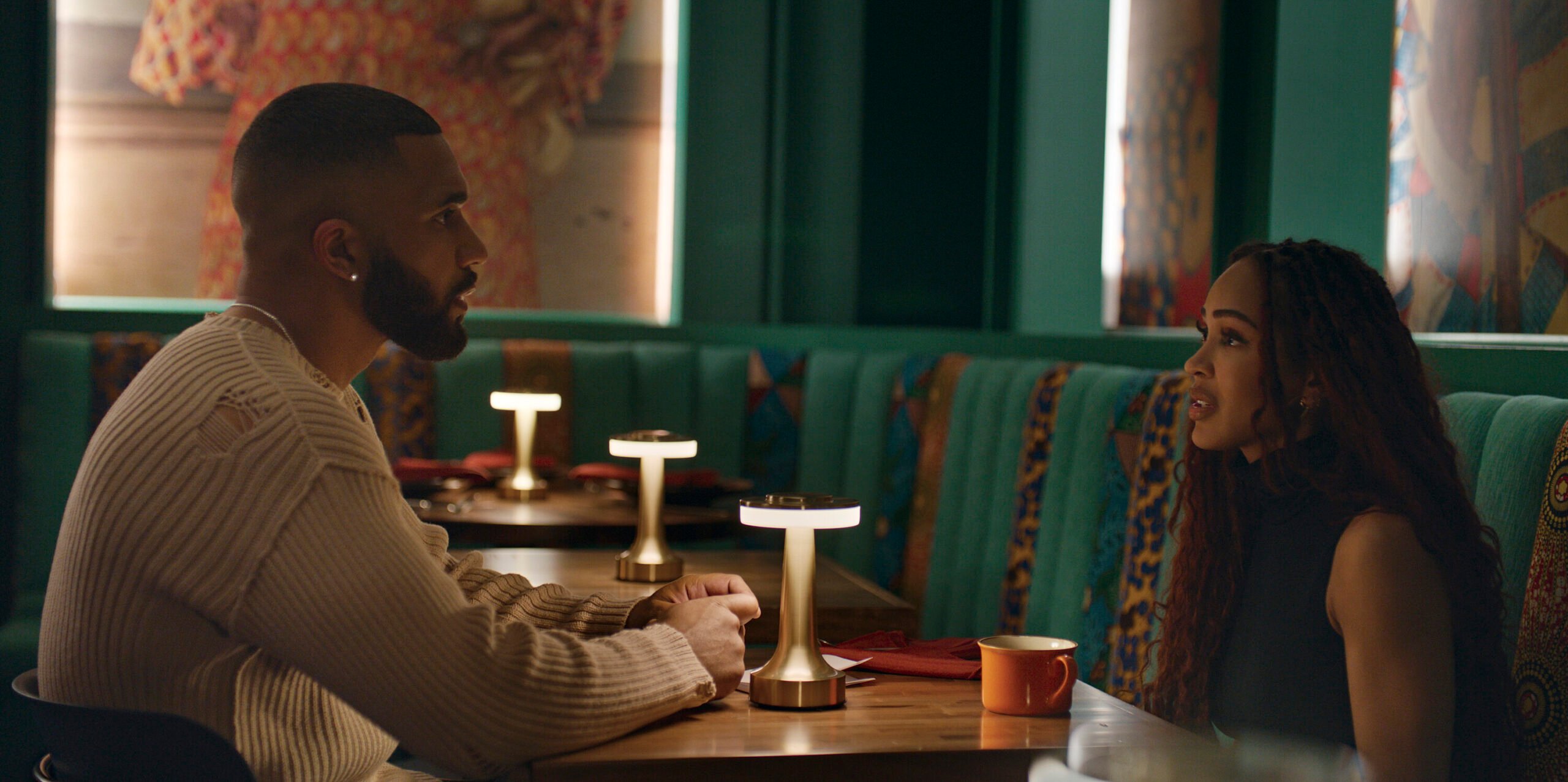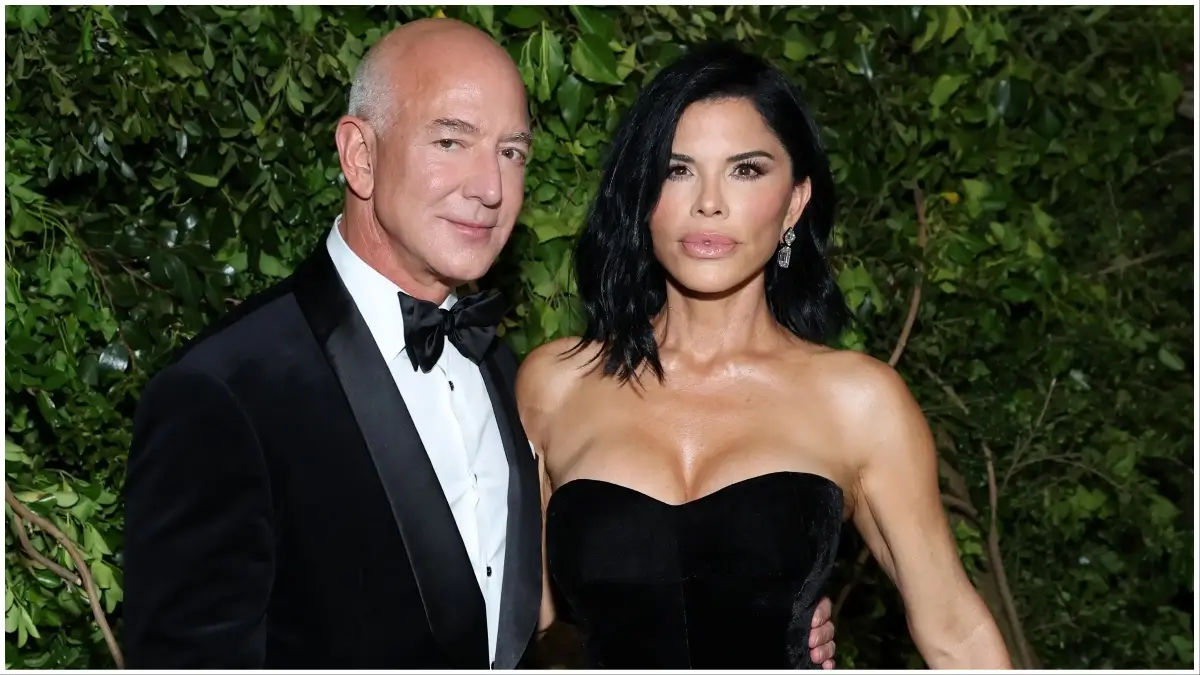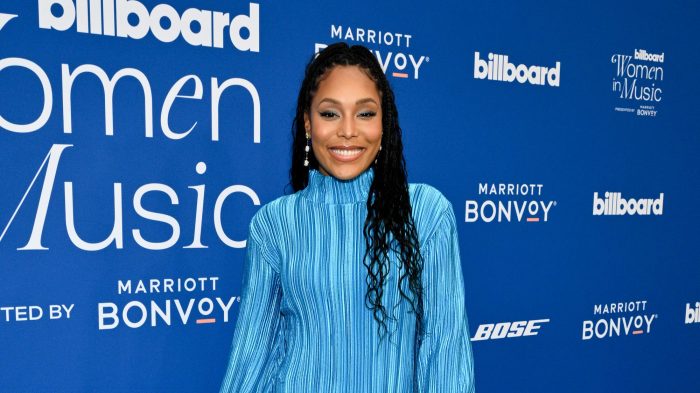Entertainment
‘This is not the era of the Minstrel Show’: Billy Dee Williams sparks online outrage after saying he doesn’t mind if actors do blackface

Actor Billy Dee Williams shocked his fans by expressing his opinion on actors wearing blackface, which is considered unacceptable in today’s climate and regarded a mockery of African Americans.
Williams is best known for his roles in the movies “Star Wars” and “Lady Sings the Blues.” He joined comedian Bill Maher’s podcast “Club Random with Bill Maher,” where they discussed British actor and film star Laurence Olivier wearing blackface in the 1965 film “Othello.”
The history of blackface dates back to minstrel shows in the mid-Nineteenth century, when white actors darkened their skin with shoe polish or a burnt cork, exaggerated their features, and wore tattered clothes to portray black people.
According to the Smithsonian National Museum of African American History and Culture, it was the first minstrel to introduce he imitated slaves living on southern plantations and portrayed them as lazy, ignorant, cowardly, or hypersexual.
Maher smoked marijuana while Williams, 87, sipped a glass of wine and a Colt .45 during the interview. Williams admitted that Olivier was also criticized for being “physical and doing things with his voice,” but when he saw Olivier as Othello, he thought it was funny .
“When he did Othello, I cried with laughter,” Williams recalled. “He stuck his ass out and walked around with his a—, you know, because black people are supposed to have big butts. …I thought it was hysterical. Love it. Love it. I love this kind of stuff.”
After Maher said actors couldn’t afford to wear blackface today, Williams pushed back and said that as performers, they need to have the option to play any role they need.
“If you’re an actor, you should do whatever you want,” he said. “As an actor, whatever you think you can do, you should be able to do it.”
Hollywood Unlocked shared clips from interview on Instagram, and fans welcomed Williams’ comments.
“He got old and now he just talks like that.” recorded one fan. “Sir, this is not the 19th century,” one other added. “Man, please… stop already. This is America!!!!”
“It’s crazy how old heads have gone soft in the face of disrespect towards their community. This is not the era of minstrel shows, nobody should feel comfortable in that shit. he replied one fan, while others joked that “the Dem Colt 45 beers impressed him the most.”
Other fans were just completely happy to learn that “What We Have Here?” the creator was still with us, but some weren’t surprised considering Williams “did an interview a few weeks ago where he said he was a brown actor, not a black actor.”
During Black History Month this February appeared on “The View,” where co-host Sunny Hostin asked about his experience working in Hollywood as a black actor.
“So you actually came out, as Whoopi (Goldberg) said, in an industry where there were very few people of color on TV and in movies,” she said, before Williams interjected, “Everyone is a people of color.”
Sunny replied, “Yes, well, a black man,” to which Billy corrects her, stating, “Well, a brown-skinned man.”
Did you notice the hot moment on The View when Billy Dee Williams corrected Sonny Hostin on-air? Things got interesting when he stated that he identified as a “brown” man!
#View #BillyDeeWilliams #SonnyHostin #Star Wars #SocialJustice #Identity #RepresentationMatters pic.twitter.com/tuT4knzlIM
— Vlemx4u (@vlemx4u) March 9, 2024
It’s almost secure to assume Williams was also interested in Robert Downey Jr., who wore blackface in 2008’s “Tropic Thunder.”
The film faced backlash at the time over Downey’s character, Kirk Lazarus, a cocky Australian actor dedicated to his craft who insisted on wearing an afro while adopting brown skin for the role. Producers defended the use of blackface in the film, saying it was satire – a form of humor that uses mockery to criticize human stupidity or views equivalent to racism.
Downey claimed that along with his performance, for which he received an Oscar nomination for best supporting actor, he wanted to show “tropes that are wrong and have been perpetuated for too long.”
The film’s director and star is also Ben Stiller defended this in X, stating that he “makes no apologies for Tropic Thunder. I do not know who told you that. Since its opening, this film has all the time been controversial. I’m proud of it and the work everyone did on it.
‘This is not the era of the Minstrel Show’: Billy Dee Williams sparks online outrage after saying he doesn’t mind if actors do blackface
Entertainment
“Harlem” Season 3 Episode 3 Summary: “Can we talk … for a while”

You can have to apologize to me. You see, I didn’t realize that Amazon Prime is throwing two episodes directly, since , I actually have not watched the premiere of the season, hmm, traditional channels. It is all legal, remember; I get screenshors, so I didn’t know that it brought us two episodes every week. So for those who cannot find a summary of episode 2, it’s because I didn’t write it (yet). After saying this, we jump into episodes 3 (and 4), because we are there in Black America, and after the week wherein we had in America, we need all available dispersion.
Camille decided to stop her child; If you remember, Camille discovered that she was pregnant after believing, that it’s not possible. At the identical time, we saw that Ian and his latest Boo, the Portia beasts, were also on the stage of family planning. When, Chile; ghetto.
Well, on this episode Camille and Ian finds their latest reality, and this reality for Camille hit her within the face. Perhaps you keep in mind that Camille has just left Columbia University for the writer’s life, which suggests that there isn’t a medical health insurance anymore. He is in a medical office, checking out how expensive possession of a child without insurance may be.
This results in the indisputable fact that Ian has an ungainly convoy wherein he states that he and Portia are considering their small family unit. He is kind of a jewel; His inability to read a room is. As you’ll be able to imagine, his lack of communication is the best level of garbage, which sends Camille to Dothismyselsville. We will return to Camille and Ian in a few, because the remainder of the stories of those women is more … normal.
Angie and Mike are looking for wedding places and there’s a sincere disconnection between them. Angie only seems to think concerning the biggest possible places available and without listening to Mike, who for any reason would really like a smaller, more intimate place. Angie makes certainly one of those decisions that that he’ll result in a convoy: he reserves an expensive, huge place without talking to him, which ends up in talking about a clear need. As it seems, his family just isn’t close and doesn’t want a wedding wherein the complete guest list is her side of family and friends; It is a reminder that his family doesn’t care about him, he’s legal and I feel him. I looked sideways, but now I understand him higher; I feel the hairstyle rejects me.
Quinn and Seth do their impartial things, and Seth’s style by Quinn placed her on the map of stylists in New York, or at the least he thinks. Apparently, the previous stylist Setha is hot and decided to share in social media that Quinn caught his client. Quinn is elegant, so he turns to style and style and worries potential dust. Of course, she drops Seth as her client, but she and Seth admit that they’ve some feelings and well, they may see how it should be.
TYE and her Boo Eva are investigating their desire for one another, although TYEA quickly sticks to Celibat obligations. But their chemistry is unusual and we all know where it goes. In addition, Eva makes Tyye cope with a few of her problems in order that they may be one of the best versions for themselves. Tye and Eva are suitable for themselves and well, I support them. Besides, I actually like Eva’s decision; It maintains real.
Returning to Camille and Ian, because that is an important thing here. Camille goes to his publisher for additional progress in his book and Heismman is hit. Until now, she gave three chapters, and the editor tells her that whenever you send the remainder, you’ll get extra money. This results in the indisputable fact that Ian and Camille have a convoy wherein he apologizes for the dearth of transparency with it and ensures that he has her back, financially and his presence. Well, in response to a super expensive Camille blood test, it seems that they’ve a daughter. They each heat up with joy on this future. Awwwwwww! This is a touching moment and a good option to end episode 3.
In Harlem.

(Tagstranslate) Harlem television show
Entertainment
An attempt to save the image of Jeff Bezos’ future wife backfired after weeks of outrage and ridicule over her skimpy outfit

Lauren Sánchez has apparently gained a popularity for her fashion hits and misses as social media users began following her every move.
Billionaire Jeff Bezos’ current fiancée stepped into the highlight long before she met the Amazon co-founder, after years spent as co-host of “Good Day LA,” a reporter for “Extra” and host of “So You Think You Can Dance,” and he even starred in a number of movies like “Ted 2.”
She faced criticism for posting a sultry selfie in November in a negligee-inspired gown by designer Laura Basca. In October, the 54-year-old again faced backlash when she showed off her latex Halloween costume as Catwoman.
Now, weeks after being deemed “cheap” and tasteless, the founder of Black Ops Aviation has turn out to be a subject of discussion.

On December 5, Sánchez and the business mogul attended The New York Times’ DealBook event in New York City. For the occasion, she wore a white Alexander McQueen suit and a white lace corset. The beaming bride-to-be sent two mirror selfies of her outfit, which she signed: “winter white.”
One follower particularly was stunned by the whole look he ejaculated that she was “very attractive and beautiful, gorgeous and stunning, charming and fantastic young lady, sexy, charming, charming and elegant” in the photos that Sánchez took.
Two other people swooned over the photos and wrote: “So chic and elegant!” and “You look great.” But as you would possibly expect from online viewers, not everyone was impressed.
Jeff Bezos’ fiancée, Lauren Sanchez, cropped a photograph of him in a jumpsuit and then set Instagram on fire with her look.https://t.co/n7YNGctQFE pic.twitter.com/DNKP2i9o9C
— Sean Joseph (@sjoseph_sports) December 2, 2024
When Page six published paparazzi photos from the trip, the critic commented: “It’s 30 degrees in New York and she gets out of the limo in a white Miami smock, her bra visible to everyone. No taste. Nothing. A cashmere turtleneck, flannel trousers and a wool jacket can be classy.
Someone else sharply asked: “Who can be the first to tell her that she looks tacky and not elegant and refined? Does she even know what sophistication means? A 3rd person noted: “She looks more like she’s wearing a bathrobe.”
Lauren Sanchez 2003 vs. Lauren Sanchez 2024
Nothing to see here, people, move on#LaurenSanchez pic.twitter.com/mgr4vj6mFq
— Occam was right (@OccamWasRight) November 21, 2024
Another person wrote in a comment from a licensed pilot: “White means…” possibly referring to rumors that Sánchez and Bezos are scheduled to exchange vows over Christmas. At least one person doubted the couple would have the opportunity to say “I do.” This person said: “This will be the longest engagement ever. They will NEVER get married and we all know why!!!!”
Sánchez told the “Today” show hosts that she was in the process of planning the big day last month. She didn’t comment on speculation about exchanging Christmas vows.
Renewed interest and scrutiny of Sánchez has increased as the pair have been spotted in various locations in recent months. The couple reportedly began dating in 2018. Their engagement was announced five years later, in May 2023. Their upcoming wedding can be a second journey for each of them.
Sánchez was previously married to celebrity agent Patric Whitesell, with whom she has two children. She can be the mother of a son, whom she shares with Pro Football Hall of Famer Tony Gonzalez. Bezos was married to the mother of his three children, Mackenzie Scott, for 25 years once they divorced in 2019.
Entertainment
Apart from the song with singer-songwriter India Shawn – Andscape

India Shawn is a contemporary muse with a chilled nature, crafting love stories and heartfelt tales in smooth, charming songs. With over a decade of experience in the music industry as a singer-songwriter, Shawn has incredible strength. She was born in Los Angeles, and her musical roots reach throughout the country. Beginning her profession in her hometown, Shawn eventually found herself in Atlanta, where she immersed herself in the city’s deep-rooted R&B scene, further shaping her artistry.
“I transferred to ATL, I was in 10th grade, and that’s when my music journey really started,” Shawn told Andscape. “I met people who were trying to get by, so I ended up recording and learned what songwriting was really early on.”
Before releasing her debut EP in 2012, Shawn wrote songs and collaborated with artists similar to Chris Brown, El DeBarge, Keri Hilson and Monica. In 2013, she gained much more notoriety when Solange Knowles published her song “I’m Alive” on the Saint Heron compilationmarking her as an artist value watching.
Following the release of the single “There Must Be a God” from the Andscape soundtrack, she caught up with Shawn to learn more about the muse behind the vibes.
India Shawn
Name:
India Shawn
Hometown:
Los Angeles
Artistic soundscape
Airy, soft, telling a story, multidimensional, soft, mysterious, atmospheric
The oldest musical memory
Shawn’s soulful sound is deeply rooted in her upbringing, with influences drawn from her childhood memories and the musical culture of her church. “I sing with my sister all the time, and I also grew up singing behind my mom in church. She was the leader of praise and worship. So I feel like most of us R&B kids have that experience,” Shawn said. “I had these little solos in church, and I believe what made me consider in it was that after the service people got here as much as me with tears of their eyes and said, ‘You really moved me while you sang.’ “These early moments of connection with music and audiences laid the foundation for conveying depth and sensitivity through her music.
Influences
For Shawn, music, especially R&B, has all the time held a special place in her life. “Me and my sister are harmonizing in the living room, just picking some of our favorite songs, including for me Mariah Carey, Babyface, Boyz II Men and (and) Brandy,” she said of her early music memories.
Creative process
Shawn often draws inspiration from real-life experiences and relationships that influence her music. She weaves this into the authenticity and atmosphere of her songs, but she didn’t immediately recognize where her inspiration got here from. “It’s funny that it took me so long to make that connection, but I realized that I was telling my whole story and presenting my business through my music,” she said. “It took me two albums to realize, wait a minute, I’m giving people a lot to understand here… these aren’t just songs. This is truly the life I live.”
Challenges and development
As Shawn’s profession grows, so do his moments of appreciation and reflection. “I literally just thought about a very gradual progression of my career. It’s like step by step, but there are more breakthrough moments. My first tour, which was so beautiful, I just knew I could pack a room and people knew my lyrics and sang my songs to me. Those moments that make the waiting not in vain.”
Shawn has plenty of recommendation for up-and-coming singer-songwriters. Her biggest sacrifice? Collaboration is essential. “I think (cooperation) is really why I’m still here. So find your people… you’ll know when it feels right, you’ll have that freedom and fluidity, and you’ll be able to really create things and create without having to think too much.” He also shares the importance of patience. “Just be patient during the journey. This has been a theme throughout my profession. Let it develop. I feel like more things come from being in that flow and being present reasonably than forcing all of it.
Current project
“There should be a God”, the lead single from Andscape , now streaming on Hulu, also serves as a teaser for Shawn’s solo album. “(This song) is such a manifestation of God’s love,” she said. “I think when you find yourself in a place of waiting, you can feel very hopeless. So when you see glimpses of God’s love again, or the fact that you know there is a higher power, there is a source that is thinking about you, has you in mind, has a perfect plan for you, it’s just like the clouds parting. And this is the moment, I understand. I understand that I had to go through all this to get here. And that’s exactly what I felt in the studio that day.”
-

 Press Release10 months ago
Press Release10 months agoCEO of 360WiSE Launches Mentorship Program in Overtown Miami FL
-

 Press Release10 months ago
Press Release10 months agoU.S.-Africa Chamber of Commerce Appoints Robert Alexander of 360WiseMedia as Board Director
-

 Business and Finance8 months ago
Business and Finance8 months agoThe Importance of Owning Your Distribution Media Platform
-

 Business and Finance10 months ago
Business and Finance10 months ago360Wise Media and McDonald’s NY Tri-State Owner Operators Celebrate Success of “Faces of Black History” Campaign with Over 2 Million Event Visits
-

 Ben Crump10 months ago
Ben Crump10 months agoAnother lawsuit accuses Google of bias against Black minority employees
-

 Theater10 months ago
Theater10 months agoTelling the story of the Apollo Theater
-

 Ben Crump10 months ago
Ben Crump10 months agoHenrietta Lacks’ family members reach an agreement after her cells undergo advanced medical tests
-

 Ben Crump11 months ago
Ben Crump11 months agoThe families of George Floyd and Daunte Wright hold an emotional press conference in Minneapolis











